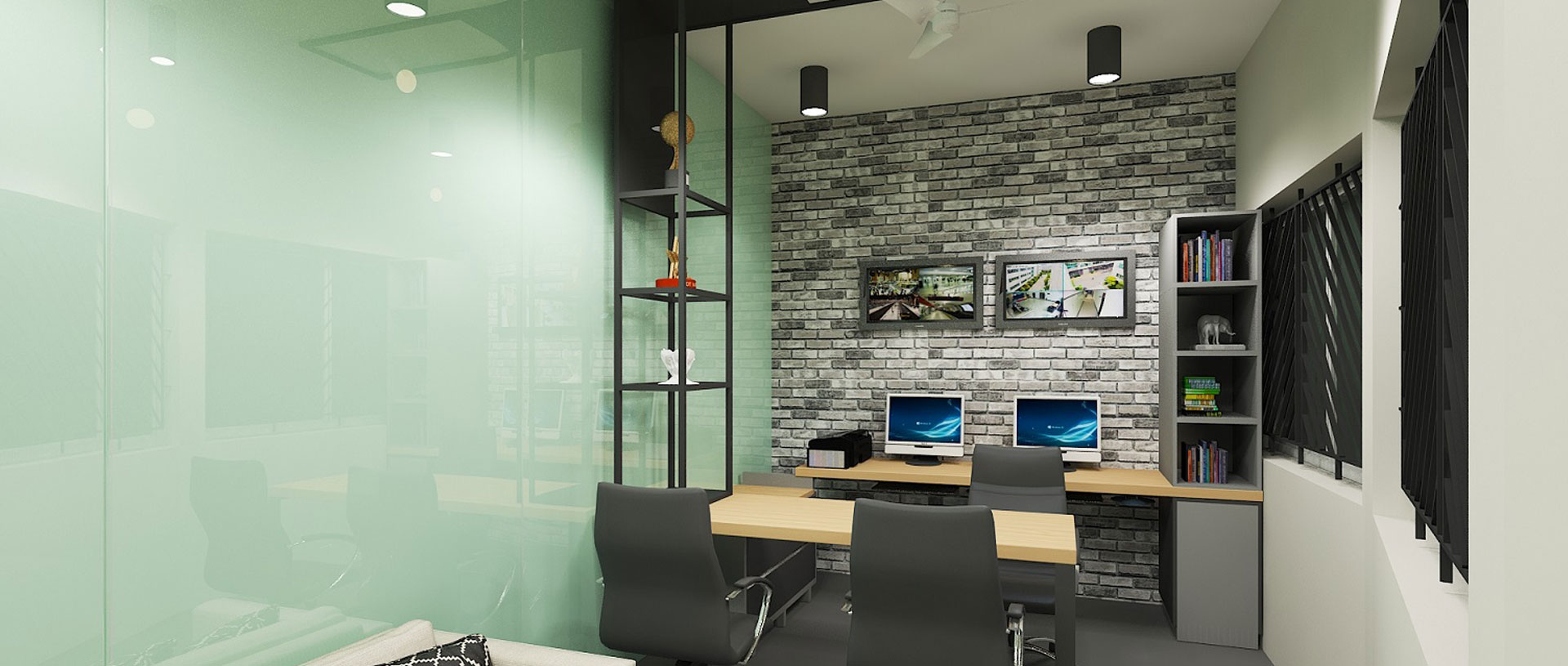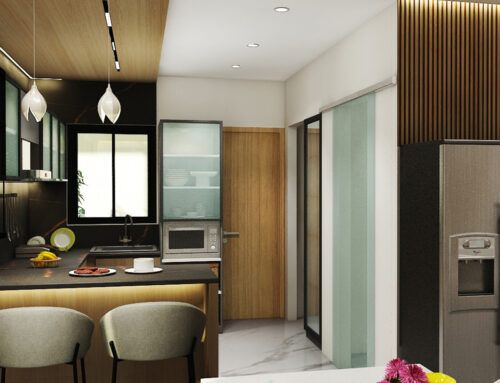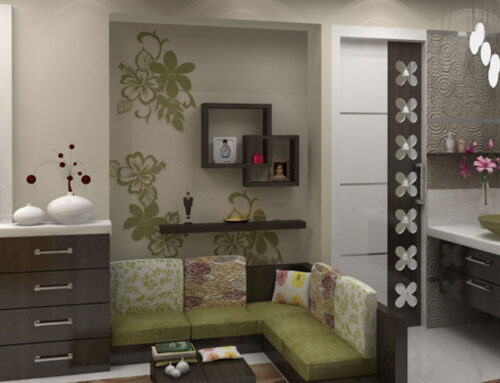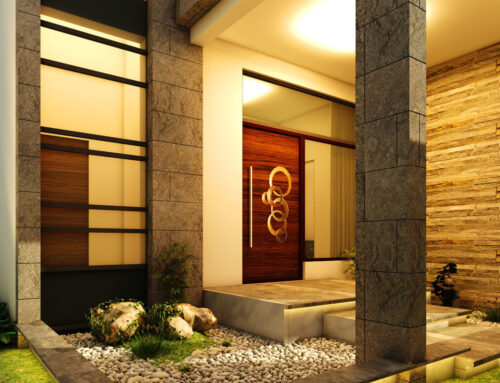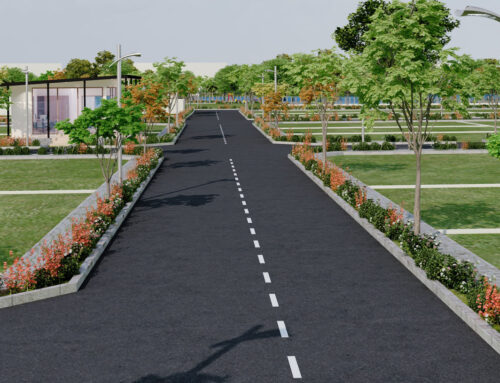Architects understand the importance of balance in both the client’s vision and the difficulties of reality. Every inch of land is precious for clients, which demands strategic planning in building architecture design, which is where the feasibility studies come in. As it’s more than a formality, it’s honed through a decade of experience. We believe feasibility studies are the compass guiding us to the path of proper regulation, zoning complexities and spatial limitations.
To know more about the anatomy of feasibility studies for architectural projects, let’s explore the nook and corner of land classification, the dynamics of chosen land and factors influencing the correct project size.
Feasibility in Architecture
When a customer approaches you for a project, he has a rough idea about what he wants to do with the property. So what exactly do we do in the feasibility study? Can we just go with whatever the customer wants? With a decade of experience, I have realized that we need to analyze a lot of parameters before we try to put the project on paper. The feasibility study for Architectural Projects in Chennai is to understand the basic parameters that are essential as they are to be checked mandatorily before we start the design work.
The right project at the right place with the right size is the value add that we can do by actually doing a proper data-driven feasibility study for Architectural Projects.
Classification
First, we need to check the land classification i.e. the zone classification. It can be in the industrial zone, agricultural zone, institutional zone, residential, or commercial. If the proposed project is allowed in that zone classification we can proceed or apply for a conversion. Zone conversion is a lengthy and costly affair. It also would take a long time for the process to complete. Educating the customer on the zone classification will help the customer in his decision-making and create a standard for the best interior design in Chennai.
Locality
Next important parameter which we need to check when we do feasibility study for architectural projects is that the locality in which the property is located.
1. If the property is located within city limits then residential or commercial set up can be proposed.
2. If it is in the outskirts then independent bungalow or small commercial establishment can be proposed provided the plot extend is small. If it is a larger chunk we can also look at layout.
3. Residential project can be constructed in any zone but vice versa is not allowed.
4. If the customer wants a commercial rental income property, we have to decide whether it is a Mall kind of structure, office or retail structure, office or school and this can be done based on the area in which the property is located.
Size
The total plot extend that is available also is a main criteria to decide what needs to be built in that.
1. 1 to 5 ground property can be either an individual bungalow or small commercial or small apartment.
2. Above 6 grounds to 1 Acre we need to check if it is an MSB site. If MSB is not allowed, then we need to decide if it can be done in one block or more. We also have to decide whether residential or commercial or both to be proposed.
3. Above 1 Acre, we need to check if it is an MSB site or group development or layout site.
So along with the client requirement, a project is decided based on these parameters
1. Total plot extent
2. Frontage
3. Road width
4. Zone classification
With proper feasibility study we can exactly understand what project can be done in any given parcel of land.
Project
Feasibility of a project also depends on a lot of design parameter along with the kind & size of the project which we can conclude using the above method.
i.Residential
a. For an individual bungalow, the total built up required by the client based on their budget and of course the number of functional space as required by client. Eg. 3 Bedrooms, Pooja room, store room, servant room etc
b. For Apartment, the size of the each apartment has to be determined. For this we need to take the total allowed FSI and arrive at per floor area. Per floor area can indicate roughly how many units that can be accommodated in each floor. With this parameter we can conclude the size of each apartment & number of 2 & 3 BHK units per floor taking into consideration of 18% as common area. The size of units is also determined by the locality in which the project is located & also the segment which it is catered too.
ii.Commercial
For commercial complex, we need to know the purpose of the building like office space, retail space, hospital etc. Based on the functionality we can define the building. If the client wants a general commercial building for them to sublet, then it should be such that they should be able to change it according to their client as & when required. For example, if the floor space is taken up by retail they’ll want direct road access as well as display. For office space they’ll want a separate pantry, bigger toilets. For hospital or clinic they’ll need bigger lifts. Hence when the client wants to sublet we need to give a space that can be tailored for any commercial establishment.
Design
First & foremost we need to fix the boundaries of the property. For this we need the actual site dimension as well as the dimension as per patta & document. When we super impose all the three boundaries whatever we get as the inner dimension is what we have for designing. For site dimension it is always advisable to take a digital survey. This way the skew of the property as well as the contour can be obtained before we start the project.
The project viability is considered only for the inner boundary.
Based on the road width, frontage and height the setback can be determined. The actual building size can be obtained only after fixing the setback. The project might not be feasible if the frontage is very less or if it is a narrow property. Based on the plot size after setback, the project needs to be fixed.
Hence with a thorough study about the property we can conclude whether the client requirement is feasible for that particular land parcel. If it is feasible then we can start with the design work. Else we can propose whatever is possible for that land parcel & if the client agrees for it then we can start with the design. When we do the feasibility diligently before starting it can save a lot of time for us as well as enable the client to decide what he wants to do with the land parcel.
Conclusion:
In conclusion, working on architectural projects without a completed feasibility study on building architecture design will automatically lead to financial setbacks. You can escape from it through strategic analysis of parameters which includes Zone classification, locality and plot size, also informed decisions can align client aspirations with practical facts. A data-oriented approach promises correct utilization of land, sculpting the way towards executing successful project execution and client satisfaction.
